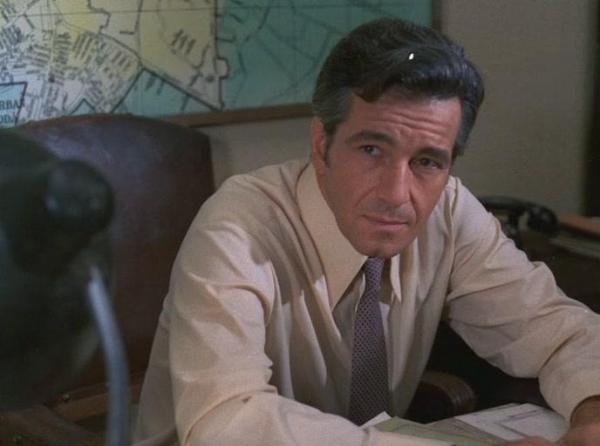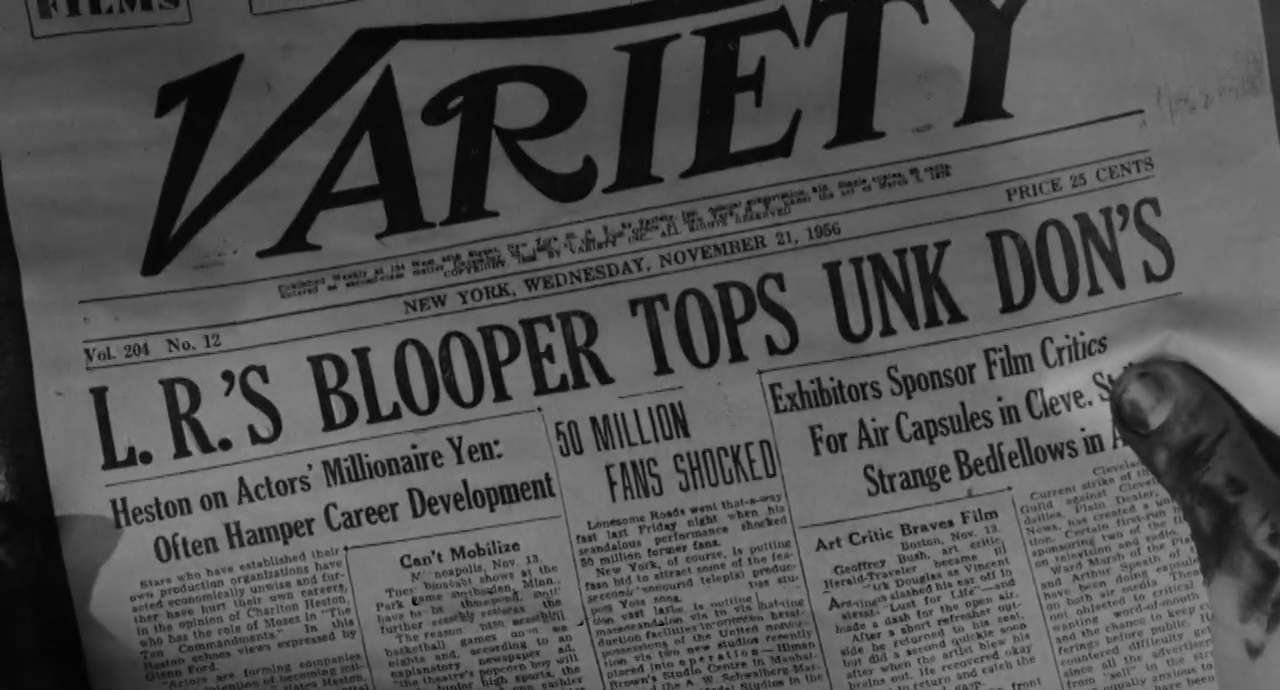“Now consummate the sacrifice in your throat of flame, o father and mother, o god and goddess, o father and mother, o father and son, o god and goddess! Voracious creator! Roaring ardent hunger…” Cabiria (Giovanni Pastrone, 1914)
Dec
5
.png)
The gigantic entrance to the Temple of Moloch in Carthage. Like the entrance to Luna Park Sydney, it's appearance is based on a hellmouth. DPs: Augusto Battagliotti, Eugenio Bava, Natale Chiusano, Segundo de Chomón, Carlo Franzeri & Giovanni Tomatis.
A temple*
The world's first epic film and the debut of – the later hugely popular – strongman Maciste.
* the Bales 2025 Film Challenge for December has a few dateless themes. This is one of them.
drama
L'ange et la femme [The Angel and the Woman] (Gilles Carle, 1977)
Dec
3
.webp)
Gabriel (Lewis Furey) and the woman he named Fabienne (Carole Laure). DP: François Protat.
A caregiver*
A woman is brutally murdered and taken home by a young man. This man – this angel – takes away her wounds, returns her to life, and nurses her. They fall in love.
* the Bales 2025 Film Challenge for December has a few dateless themes. This is one of them.
Vulcano [Volcano] (William Dieterle, 1950)
Dec
2
sisters
.jpg)
Sisters Maria (Geraldine Brooks) and Maddalena (Anna Magnani) Natoli. Lobbycard for the US market. DP: Arturo Gallea.
Sisters, for one of the OPs' sister's birthday.
Expelled prostitute Maddalena returns to her home island Vulcano (Salina in disguise) and moves in with her sister Maria. A handsome fisherman becomes first Maria's, then Maddalena's catch.
A revenge film à la lettre, but not as you may think. Anna Magnani was cast as the lead for her lover Rossellini's Stromboli (Terra di Dio) (1950), and – after him having set eyes on Ingrid Bergman – was ditched in the latter's favour. While Rossellini fawned over the blonde, Magnani shot “her” film on a neighbouring volcanic island, blowing her former beau's efforts out of the water.
“J’ai mal, mais la douleur me rassure. Son souvenir me donne du plaisir.”Noir et blanc (Claire Devers, 1986)
Dec
1
World AIDS Day
.jpg)
Dominique (Jacques Martial) and Antoine (Francis Frappat) in the treatment room (via). DPs: Daniel Desbois, Christopher Doyle, Alain Lasfargues & Jean-Paul Rosa da Costa.
World AIDS Day: conquering fear.
An uptight, white accountant in odds with himself, sees a Black masseur at a Turkish bathhouse. Antoine experiences a relieve – an atonement – through the pain, and forms a bond with the man. After an injury, Antoine must learn to come to terms with his fears. Based one Tennessee Williams' Desire and the Black Masseur (One Arm and Other Stories, 1948).
Surma hinda küsi surnutelt [Ask the Dead About the Price of Death] (Kaljo Kiisk, 1977)
Dec
1
1924
.png)
A woman wearing a crochet skull cap and an ominous look on her face. DP: Jüri Sillart.
“A scientist is not like a politician who can answer every question.”宇宙人東京に現わる [Uchūjin Tōkyō ni arawaru / Warning from Space] (Kōji Shima, 1956)
Nov
30
1955

The News Herald reports (with the wrong type of headers): “Supreme Headquarters Of The World Council” “Suspend All Activities In Launching Artificial Satellites Until Notice”. DP: Kimio Watanabe.
– Japanese Bar' Ucyū-ken' Madam Ohana
Belle (André Delvaux, 1973)
Nov
28

Belle (Adriana Bogdan) in front of her cabin on the moors. DPs: Ghislain Cloquet & Charles Van Damme.
“Mister Moldovan, this is not for the first time that a criminal case is entrusted to you. It is precisely your political objectivity that made us choose you.”Un comisar acuză [A Police Inspector Calls] (Sergiu Nicolaescu, 1974)
Nov
26
1940

DP: Alexandru David.
Takes place on the night of November 26-27, 1940.
– Alexandru Dincă
“Oh, it's you.” Mix-Up ou Meli-melo (Françoise Romand, 1986)
Nov
21
.png)
One of the daughters, here as a child, with one of their mothers. DP: Emile Navarro.
A heartfelt reunion scene*
– Margaret Wheeler, welcoming the viewers to this curious retelling of her life's events
Through an unexplained muddle, the Wheeler and the Rylatt girls were mixed up at the maternity ward. One of the mothers, Mrs Wheeler, had a hunch something was off. Her girl was suspiciously long and skinny, unlike the one that was entrusted to her. Over the years and to Mrs Rylatt's increasing chagrin, Mrs Wheeler kept in touch with that woman from the maternity ward. And was proven to be correct. This film is one breezy yet tense reunion scene. Heartwarming, awkward, and – like all that's nostalgia – slightly surreal.
* the Bales 2025 Film Challenge for November is, again, not date-based, but follows a sloppy schmaltzy all-American Thanksgiving-y narrative. Trying to make it work my way.
“I'm not just an entertainer. I'm an influence, a wielder of opinion, a force… a force!”A Face in the Crowd (Elia Kazan, 1957)
Nov
21
1956

Variety blares L. R.'S BLOOPER TOPS UNK DON'S. It's Wednesday, November 21, 1956. DPs: Gayne Rescher & Harry Stradling Sr..
– Lonesome Rhodes